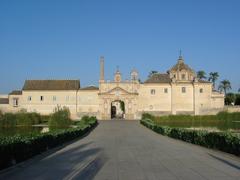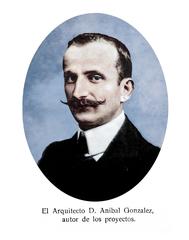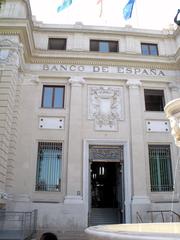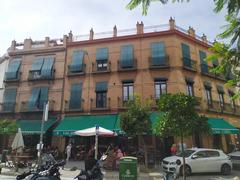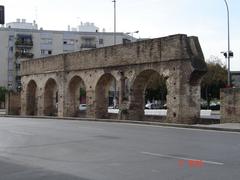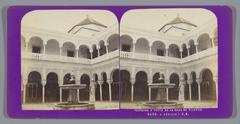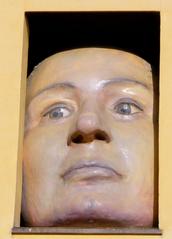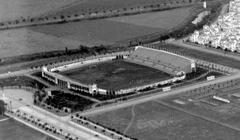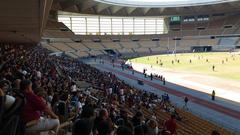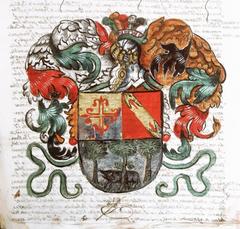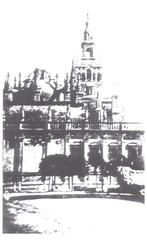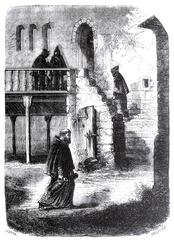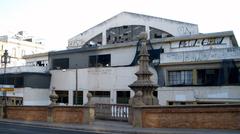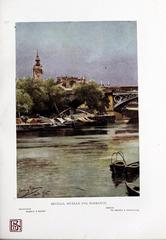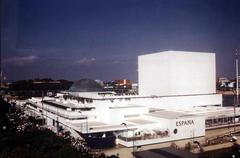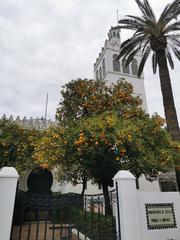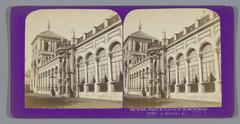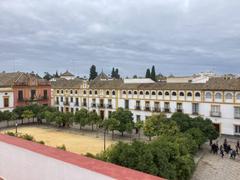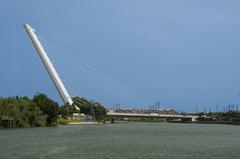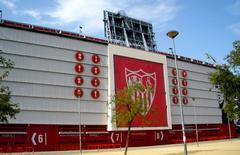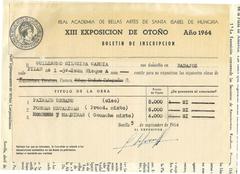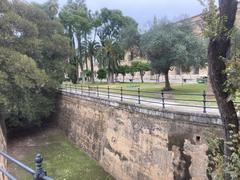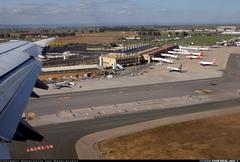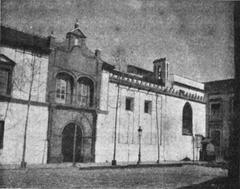
Plaza Nueva Seville: Comprehensive Visiting Hours, Tickets, and Historical Guide
Date: 04/07/2025
Introduction
Plaza Nueva is the dynamic civic heart of Seville, Spain, and stands as a seamless blend of rich history, architectural splendor, and vibrant local life. Centrally located in the city’s historic core, Plaza Nueva has evolved from medieval wetlands and a Franciscan convent into Seville’s primary urban square—a hub for cultural celebrations, political events, and everyday gatherings. This detailed guide covers Plaza Nueva’s historical background, practical visitor information (including visiting hours and tickets), architectural highlights, travel tips, and its connectivity with Seville’s other iconic attractions. Whether you’re a first-time visitor or a returning traveler, this resource will help you maximize your experience in one of Seville’s most significant public spaces (Oway Tours; Not Just a Tourist; andalucia.com).
Table of Contents
- Historical Background
- Architectural and Urban Landmarks
- Archaeological Discoveries and Local Legends
- Plaza Nueva Visiting Hours, Tickets, and Accessibility
- Travel Tips and Visitor Experience
- Nearby Attractions and Suggested Itineraries
- Frequently Asked Questions (FAQ)
- Visuals and Media Suggestions
- Conclusion and Call to Action
- References
Historical Background
Early Origins and Medieval Transformations
Plaza Nueva occupies a site with roots stretching back over a millennium. Archaeological discoveries reveal that before the 11th century, this area was part of a branch of the Guadalquivir River, forming wetlands known as the “laguna de la Pajería” (Oway Tours; Wikipedia). Over time, the land was drained and utilized as a cemetery and orchard during the Visigothic and Muslim periods (Barceló Guide). After the Christian conquest of Seville in 1248 by King Ferdinand III of Castile, the property was granted to Franciscan friars, who established the Casa Grande de San Francisco—a vast convent that dominated the area for nearly six centuries.
19th-Century Urban Renewal
The 19th century ushered in dramatic change. The Napoleonic Wars brought destruction, and the Casa Grande de San Francisco was largely demolished following expropriation in the Mendizábal Disentailment. Only the Chapel of San Onofre and a southern archway survive from this era (Barceló Guide). In 1840, the city acquired the land, and by the 1850s, construction began to create a new civic square following the Spanish Plaza Mayor tradition. The project, led by architect Balbino Marrón y Ranero, was completed in 1856, transforming the area into the Plaza Nueva recognized today (Wikipedia).
Name Changes and Symbolism
Reflecting Spain’s political tides, Plaza Nueva has undergone several renamings:
- Plaza de la Infanta Isabel (1857–1868)
- Plaza de la Libertad (1868–1873)
- Plaza de la República / República Federal (1873–1875)
- Plaza de San Fernando (1875–1931)
- Plaza Nueva (from 1931, with brief returns to “San Fernando” during the Franco era)
The current name, “Plaza Nueva,” was officially adopted during the Second Republic and is now the enduring title (Visitasevilla).
Architectural and Urban Landmarks
Plaza Nueva’s rectangular expanse covers 14,000 square meters and is bordered by impressive civic architecture (Barceló Guide). The dominant landmark is the Ayuntamiento (Town Hall), with its Renaissance-Plateresque and later neo-classical façades—an emblem of Seville’s political and architectural evolution (Wikipedia). Other significant buildings include the Baroque Telefónica building and the early modernist Edificio Philips.
The square’s centerpiece is the Monument to Ferdinand III of Castile, a bronze equestrian statue commemorating the king’s reconquest of Seville, crafted by Joaquín Bilbao and architect Juan Talavera y Heredia in 1924.
The Chapel of San Onofre, the only remnant of the original convent, is discreetly built into the 19th-century architecture and open for quiet reflection 24/7 (andalucia.com).
Archaeological Discoveries and Local Legends
Beneath Plaza Nueva, archaeological excavations during metro construction in 1981 uncovered a 10th-century ship and a 6th-century Byzantine anchor, underscoring the site’s ancient connection to the Guadalquivir (Wikipedia). Local legend playfully warns that those who pass through the Town Hall’s archway, “El Arquillo,” may never marry (Oway Tours).
Plaza Nueva Visiting Hours, Tickets, and Accessibility
- Visiting Hours: Plaza Nueva is an open public square accessible 24 hours a day, year-round.
- Tickets: No tickets or entrance fees are required for the square or San Onofre Chapel. The Town Hall may offer limited public visiting hours and guided tours, generally Monday to Friday, 9:00 AM to 2:00 PM (check with Ayuntamiento de Sevilla for details).
- Accessibility: The plaza is fully pedestrianized with smooth surfaces, suitable for wheelchairs and strollers. Public transport stops (tram, bus) are adjacent, and a taxi rank is available nearby (Trip.com).
Travel Tips and Visitor Experience
- Best Times to Visit: Early mornings for tranquility; evenings for lively local atmosphere; and during festivals (Semana Santa, Feria de Abril) for cultural immersion.
- Amenities: Numerous cafés, tapas bars, and restaurants surround the plaza. Shopping options include designer boutiques and seasonal artisan markets.
- Safety: Well-lit, with regular police presence. Standard precautions are advised during crowded events.
- Photography: The plaza is highly photogenic, especially the statue of Ferdinand III and the Ayuntamiento illuminated at night.
Nearby Attractions and Suggested Itineraries
Within a short walk of Plaza Nueva are several of Seville’s top sites:
- Seville Cathedral and Giralda: World-famous Gothic cathedral and bell tower (Trip.com).
- Archivo de Indias: UNESCO-listed archive documenting Spain’s colonial empire.
- Real Alcázar: Moorish and Renaissance palace complex.
- Barrio Santa Cruz: Former Jewish quarter, noted for winding lanes and picturesque plazas.
- Shopping Streets: Calle Sierpes and Calle Tetuán for boutiques and souvenirs.
A recommended itinerary: Begin at Plaza Nueva, visit the Town Hall, admire the Ferdinand III monument, then continue to the Cathedral, Archivo de Indias, and Alcázar for a full day of history and culture.
Frequently Asked Questions (FAQ)
Q: Is Plaza Nueva open at night?
A: Yes, the square is accessible 24 hours a day.
Q: Are tickets required for Plaza Nueva?
A: No, both the square and San Onofre Chapel are free to enter.
Q: Are guided tours available?
A: Yes, walking tours of Seville often include Plaza Nueva. Town Hall tours may require advance booking.
Q: Is Plaza Nueva wheelchair accessible?
A: Yes, with smooth, flat surfaces and ramps at entry points.
Q: What events take place in Plaza Nueva?
A: The square hosts civic ceremonies, seasonal markets, book fairs, and major festival parades.
Visuals and Media Suggestions
- Photos: Town Hall façade, equestrian statue of Ferdinand III, San Onofre Chapel interior, festive lights during Christmas.
- Alt Text Examples: “Plaza Nueva Seville Town Hall at dusk,” “Equestrian statue of King Ferdinand III in Plaza Nueva.”
- Interactive Map: Highlighting Plaza Nueva in relation to nearby attractions.
- Virtual Tour: A video walk-through to showcase the square’s scale and vibrancy.
Conclusion and Call to Action
Plaza Nueva is the essence of Seville’s civic and cultural life—an open-air museum, festival ground, and local gathering place rolled into one. Its rich history, accessible layout, and proximity to other major sites make it a must-visit for any traveler. Plan your visit to Plaza Nueva and deepen your experience with guided tours or the Audiala app, which offers expert audio guides and real-time updates on events and attractions.
For more information, consult official resources like the Seville Tourism Board and Ayuntamiento de Sevilla. Download the Audiala app for personalized tips, and follow our social media for the latest on Seville’s cultural scene.
References
- Oway Tours
- Wikipedia
- Not Just a Tourist
- andalucia.com
- Barceló Guide
- Tourist Platform
- Seville City Guide
- Volotea
- Eventbrite
- Seville Tourism Board
- Trip.com
- Ayuntamiento de Sevilla











